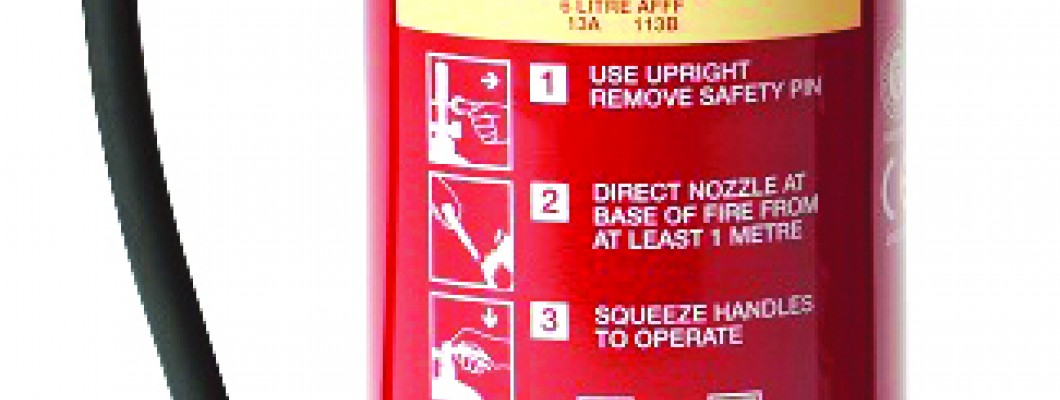
How to Identify Foam Fire Extinguishers
Foam Extinguishers can be easily identified by the CREAM coloured section that is labelled FOAM. They should also have a Fire extinguisher ID sign fitted nearby.
These can also come in an eco-foam variety, which uses a bio based high performance extinguishant and is labelled ECOFOAM.
What types of fire are they suitable for?
These extinguishers are one of the most common types. They are suitable for the majority of business premises, are lighter in weight than the equivalent size water extinguisher and have been designed to prevent
the fire re-igniting.
Standard foam extinguishers can be used on the following:
Class A fires involving combustible solids.
Class B fires involving flammable liquids
Please note that standard foam extinguishers are not suitable for use on Class C (flammable gases), Class D (flammable metals), Class F (cooking oils / fats) or Electrical fires.
How do Foam Fire Extinguishers work?
Foam extinguishers works in two ways:
They cut off the fire from oxygen by forming a literal foam barrier between the burning vapour and the air when used, as such, they can suppress fires very quickly.
It cools the source of the fire, which is designed to prevent re-ignition.
In the event of a fire place the extinguisher on the ground / flat surface, a safe distance from the fire, with the nozzle facing away from you and pull the pin out breaking the anti-tamper seal. Then you will need to aim at the fire and squeeze the trigger, for different classes of fire you will need to tackle them slightly differently as listed below:
Class A Solid Combustibles – aim at the base of the flames and sweep across the flames as you spray.
Class B Flammable Liquids – if the burning liquid is not contained then aim across the top of the fire and sweep gently across, or preferably at an adjacent surface until it has been extinguished. If the flammable liquid is contained then aim at the inside edge of the container so that the foam settles onto the flames. N.B. Do not spray the foam directly at the fire as this could cause it to spread to nearby surfaces.
Where to 'fit' Fire Extinguishers
To
meet regulations fire extinguishers should be fixed in a permanent position; this is to discourage them from being moved around. There should always be one available within 30m of occupants, and easily accessible, not hidden behind furniture etc.
As well as being fitted in place they should also be paired with their relevant ID sign. The ID sign provides users with a quick and easy means of identifying the fire extinguisher as well as the types of fire it is suitable to be used on. These signs are designed to protect staff, visitors and guests by minimising risk in the case of an emergency.
Where should you use Foam Extinguishers?
If your premises has a fire risk of flammable liquids, for example because you store them or frequently work with them, then a foam extinguisher is an excellent choice, with the added bonus that it can also combat Class A combustible solids if necessary.
For more information on the different types of Fire Extinguishers available follow the link to our Short Guide to Fire Extinguishers blog and take a look at our full range of Fire Extinguishers and IDs, to make sure that you have the right kind of extinguisher for your property to help keep everyone safe in the event of a fire.
If you have any questions about any of our products then please get in touch with our knowledgeable customer service team who will be happy to assist you.




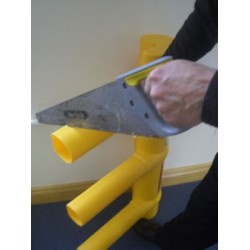









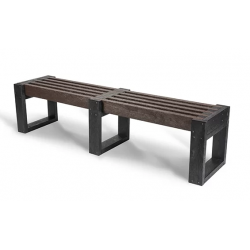




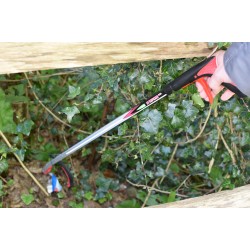


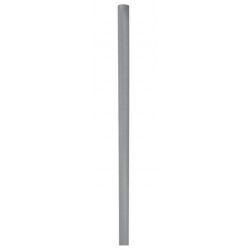
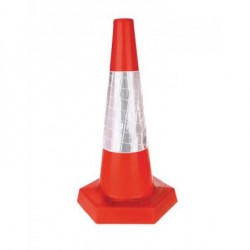
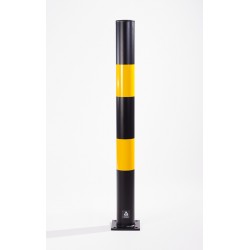



Leave a Comment